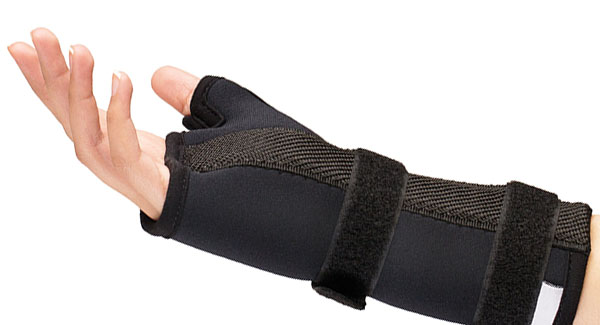Occupational Therapy for Arthritis
OTs can help you develop and implement a plan to treat the challenges of everyday life.
An occupational therapist (OT) is a specialist who helps people with arthritis, injuries and other conditions maximize their ability to participate in activities safely and enhance their quality of life. The sooner you start working with an occupational therapist, the more you can benefit by making a plan to address your issues.
When You Should See an Occupational Therapist
Right after your arthritis diagnosis is a good time to see an occupational therapist, says Carole Dodge, an occupational and hand therapist at the University of Michigan Health System in Ann Arbor. Still, it’s never too late to get an OT’s help. Many people with arthritis seek the expertise of an OT when they realize that arthritis is making certain work activities or simple tasks like buttoning a shirt difficult. Your primary care physician can refer you.
“I always let people know that, even if they’ve worked with an occupational therapist and then stopped going once they learned some skills and were fitted with assistive devices, they can always be referred again at any time,” Dodge says.
What to Expect From Your First Occupational Therapy Visit
The first visit with an arthritis patient typically involves learning what activities they engage in, particularly anything that is difficult because of their arthritis, followed by a physical exam.
“We want to know how they’re doing with daily activities such as school, homemaking, work, things like laundry or anything that might become challenging, no matter how large or small,” Dodge explains. “Then we create an appropriate plan to address all those issues. My goal is to teach them self-management skills as much as possible."
What to Expect During Ongoing Occupational Therapy
The plan could include custom-fitting splints or supports that can ease stress on painful joints and help prevent deformity. Occupational therapists also teach people how to protect their joints by performing tasks in different ways than they’re used to, such as using both hands or using an assistive device.
“People with arthritis really benefit from assistive devices because they help them do more tasks with less pain,” Dodge says. “I also focus a lot on home exercise programs that will help increase their range of motion, flexibility and strength. My goal is to improve their strength so that they can do certain functional activities, like turning doorknobs, and then encourage them to continue an exercise plan on their own at home after they’ve reached a certain strength level.”
Keep in mind, arthritis is a chronic disease, so it will continue and change over time. Occupational therapy is a good option for anyone with arthritis or related conditions interested in learning how to handle everyday tasks that are becoming more challenging.

Stay in the Know. Live in the Yes.
Get involved with the arthritis community. Tell us a little about yourself and, based on your interests, you’ll receive emails packed with the latest information and resources to live your best life and connect with others.



